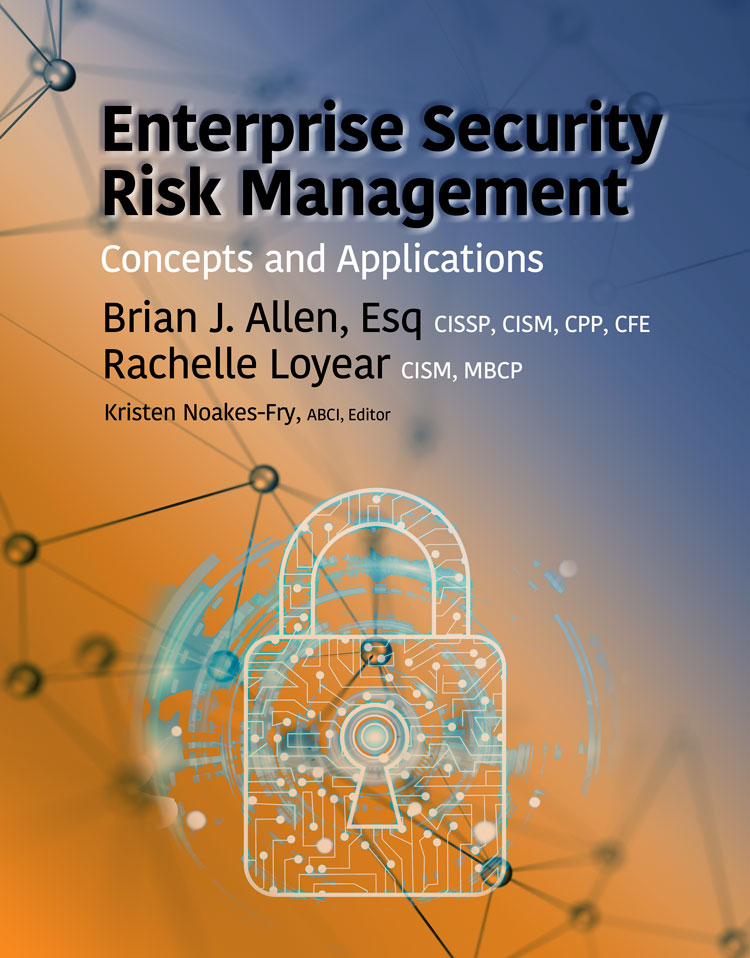How Can Enterprise Security Risk Management (ESRM) Help Your Security Program?
Find out now with your FREE Chapter!
You will further:- Explore how security has traditionally been viewed both inside and outside of the security profession.
- Understand how Enterprise Security Risk Management can change the perception of security in your business organization to help you better communicate the value of security risk management.
- See how ESRM is your best methodology to meet the changing global security risk climate.









